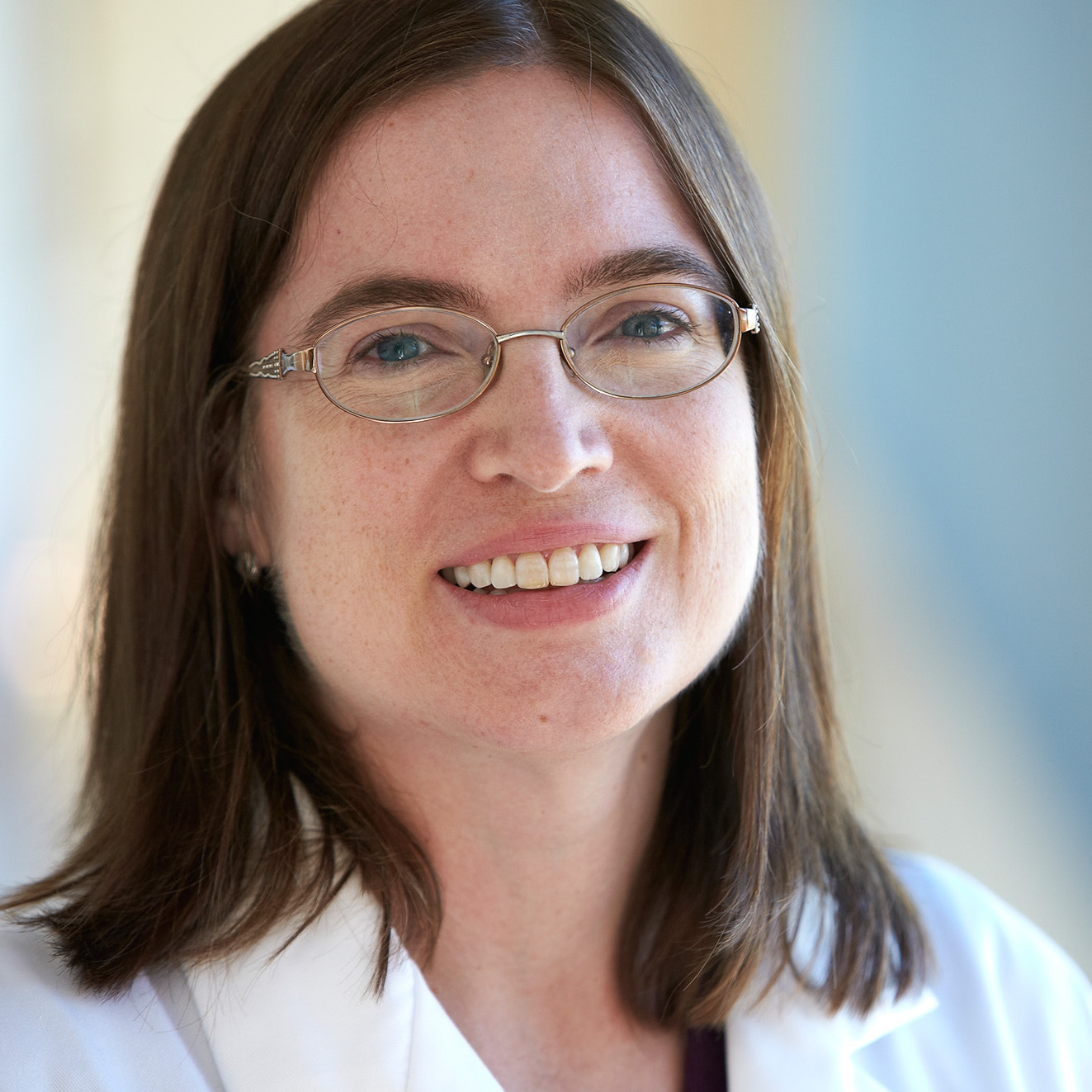
Elisabeth (Libby) M. Hausrath
Professor – Undergraduate coordinator
Geochemistry, Astrobiology, Mars, Water: rock interactions, Geomicrobiology, Chemical weathering, Soil-forming processes, Hydrogeochemistry
Office: SEB 4132
Phone: (702) 895-1134
Email: elisabeth.hausrath@unlv.edu
Hausrath Research Group Webpage
Education:
Ph.D. – Pennsylvania State University
Research Interests:
Our work helps understand chemical weathering, nutrient release, water composition and quality, the formation of soils, and biosignatures on both Earth and Mars.
I am an aqueous geochemist and astrobiologist, and the overall theme of my research program is to investigate interactions between water and minerals, and the impacts of life on those interactions. We use a combination of field work, laboratory experiments, and modeling to investigate signatures of aqueous alteration and life, the rates at which these reactions occur, and how they differ on Earth and on other planets such as Mars. Our work helps understand chemical weathering, nutrient release, the formation of soils, and biosignatures on both Earth and Mars.
In our field projects, we have examined weathering profiles that show that mineral persistence records the pH, temperature and organic acids in solutions interacting with basaltic rock (Hausrath et al., 2008a ; Hausrath et al., 2008b, Hausrath et al., 2011) and the solution pH and impact of Fe-oxidizing bacteria in solutions interacting with serpentinite rock (Baumeister et al., 2015). We also use field experiments in which we place minerals in natural environments such as arctic soils (Hausrath et al., 2008) and fumaroles (Hausrath and Tschauner, 2013) to examine changes in the surfaces with alteration.
We perform laboratory dissolution and precipitation experiments, to examine the rates at which minerals dissolve, the impacts of the dissolution on mineral surfaces, to determine the conditions that are preserved in secondary minerals, and to examine conditions that are difficult to find in natural terrestrial environments (e.g. experiments that are relevant to Mars). We have examined the dissolution of nutrient-rich phosphate minerals (Adcock et al., 2013 ; Tu et al., 2014); clay minerals found on Mars (Gainey et al., 2014), and dissolution in brines relevant to Mars (Hausrath et al., 2010; Steiner et al., 2016). Our experiments also demonstrate the environmental conditions, such as oxidation state and solution chemistry, that can be preserved in clay minerals (Gainey et al, 2017). We also include both microorganisms and the biological products of organisms such as organic acids to examine the effects of biological processes on these reactions (Hausrath et al., 2007 ; Hausrath et al., 2009; Harrold et al., 2018; Bartlett et al., 2018)
We use kinetic and thermodynamic numerical modeling to answer scientific questions that cannot be answered in a lab or field setting. We have examined weathering of basalt relevant to both Earth and Mars using reactive transport modeling (Hausrath et al., 2008), and examined the implications of dissolution of carbonate (Hausrath and Olsen, 2013), phosphate-rich rocks on Mars (Adcock et al., 2015), and leached layer formation on Mars (Hausrath et al., 2018) as well as the behavior of selenium in terrestrial environments (Devitt et al., 2014).
I am currently looking for students to work with at both the M.S. and Ph.D. levels. I have listed some potential projects below – if you are interested in any of these, or have a project in mind, please contact me: Elisabeth.Hausrath@unlv.edu. I am also currently looking for a postdoctoral scholar – please see the ad here.
The proposed projects are:
- Field work, experiments and modeling to help interpret interactions between water, biota and minerals, with implications for astrobiology and the history of liquid water
- Analysis of data from Mars missions to interpret water-rock interactions on that planet
- Examining the behavior of nutrients in natural environments with implications for habitability
- Dissolution and precipitation rates of minerals in soils, including field, laboratory, and modeling components, and examining implications for water quality
Selected recent publications – for complete publication list please see the Hausrath Research Group website:
* indicates student author; # indicates postdoctoral author
Hausrath, E.M., Ming, D.W., Peretyazhko, T.S., and Rampe, E.B. (2018) Reactive transport and mass balance modeling of the Stimson sedimentary formation and altered fracture zones constrain diagenetic conditions at Gale crater, Mars. Earth and Planetary Science Letters, 491, 1-10.
# Harrold, Z.R., Hausrath, E.M., *Garcia, A.H., Murray, A.E., Tschauner, O., Raymond, J.A., and Huang, S. (2018) Bioavailability of Mineral-Bound Iron to a Snow Algal-Bacterial Coculture and Implications for Albedo-Altering Snow Algal Blooms. Applied and Environmental Microbiology, 84(7).
*Gainey, S.R., Hausrath, E.M., Adcock, C.T., Tschauner, O., Hurowitz, J.A., Ehlmann, B.L., Xiao, Y., and *Bartlett, C.L. (2017) Clay mineral formation under oxidized conditions and implications for paleoenvironments and organic preservation on Mars. Nature Communications, 8(1), 1230.
*Baumeister, J. L., E. M. Hausrath, A. Olsen, O. Tschauner, *C.T. Adcock, and R. V. Metcalf (2015). Biogeochemical weathering of serpentinites: An examination of incipient dissolution affecting serpentine soil formation, Applied Geochemistry 54: 74-84
*Adcock, C.T., E.M. Hausrath, Forster, P. (2013) Readily available phosphate from minerals in aqueous environments on early Mars, Nature Geoscience 6: 824-827. This paper was featured in the News and Views section of Nature Geoscience (Pasek 2013).
Courses Taught:
GEOG 103: Physical Geography of Earth’s Environment
GEOL 100: Natural Disasters
GEOL 110: Global Warming
GEOL 330 Introduction to Geochemistry
GEOL 491: Seminar
GEOL 425/625: Principles of Geochemistry
GEOL 478/678 Hydrogeochemistry
GEOL 703X: Topics in Advanced Geochemistry
GEOL 796: Aqueous Biogeochemistry